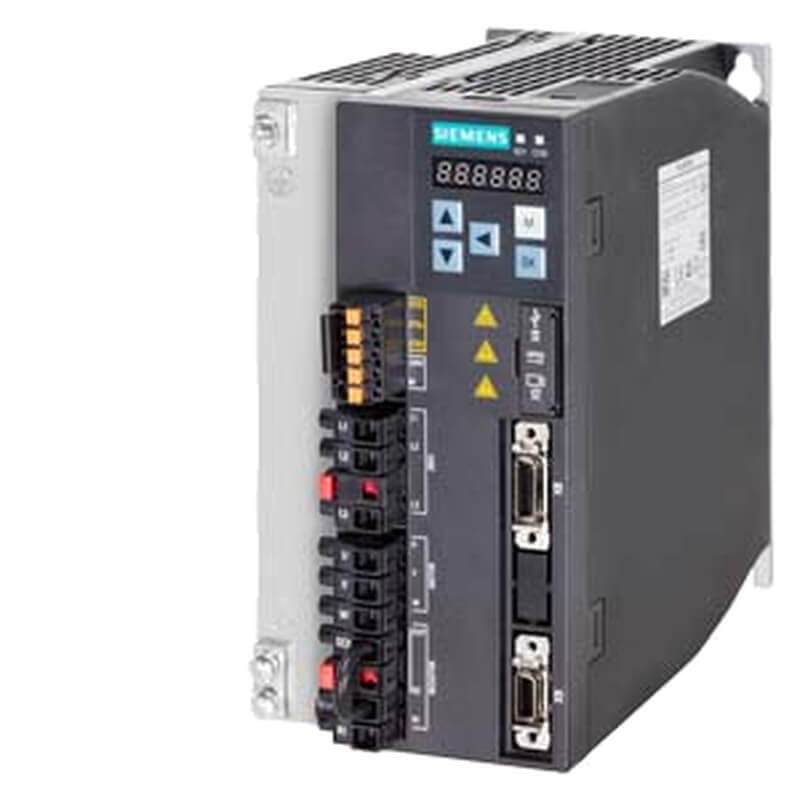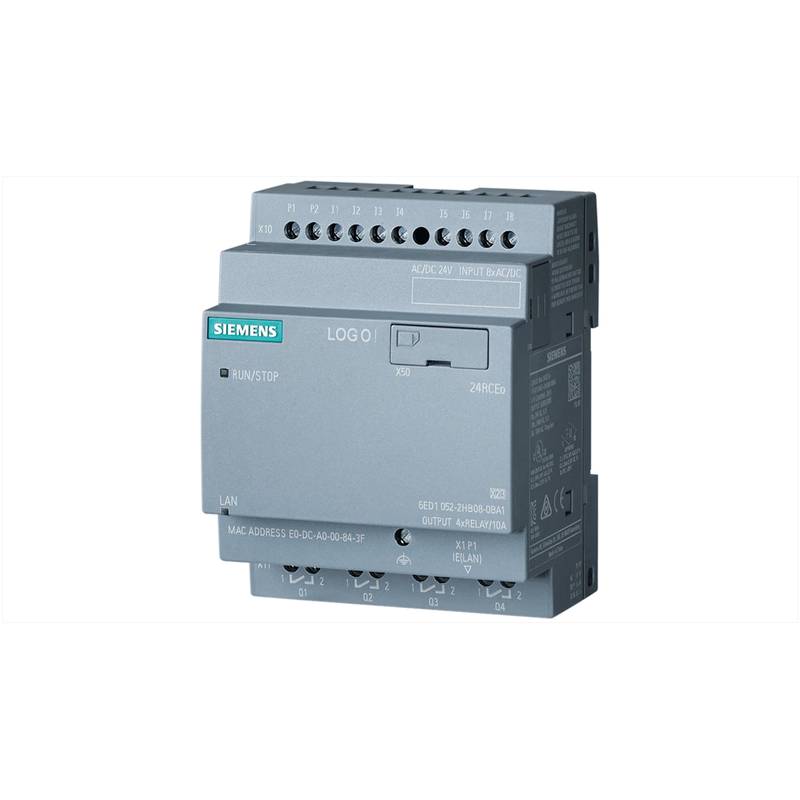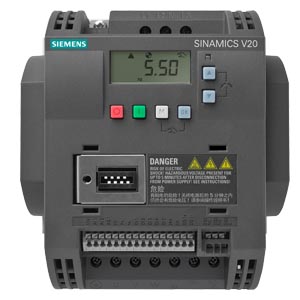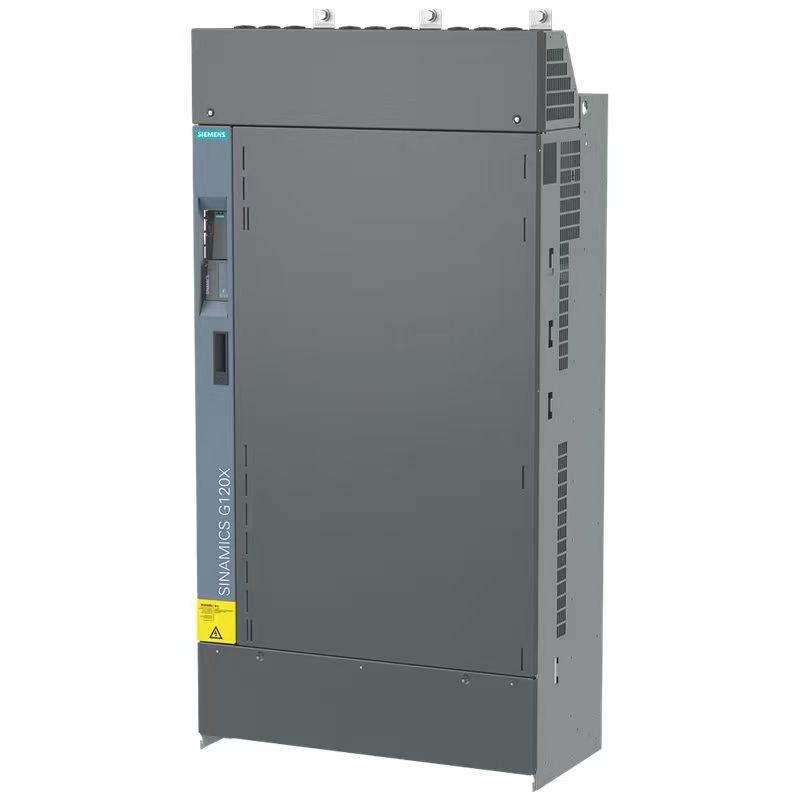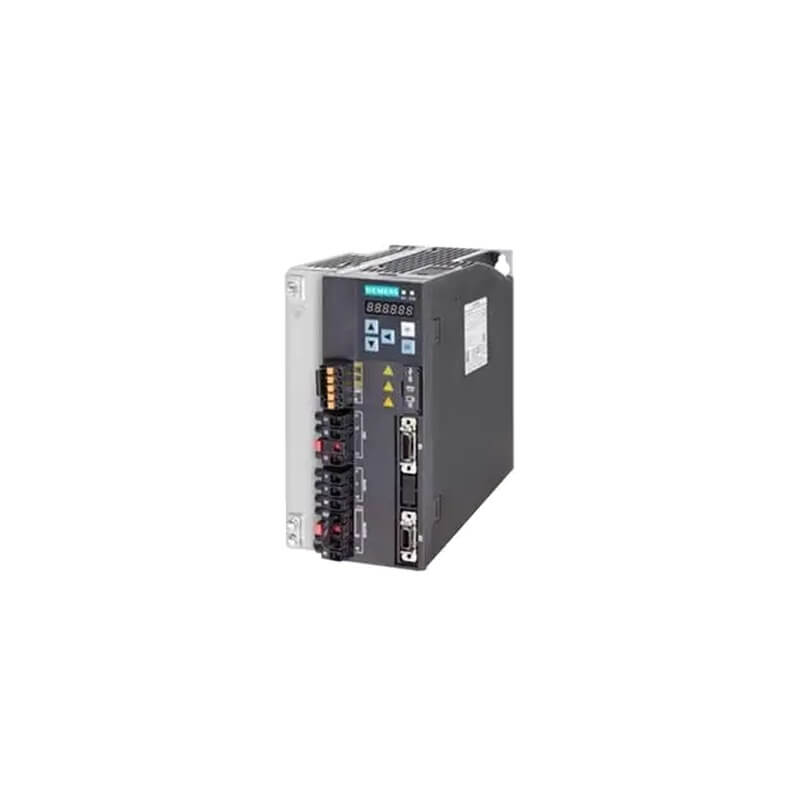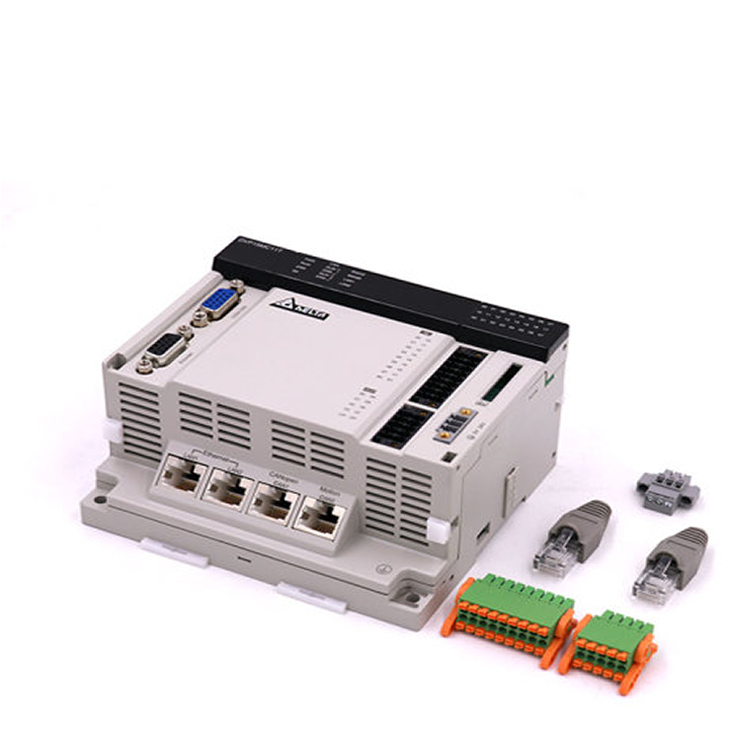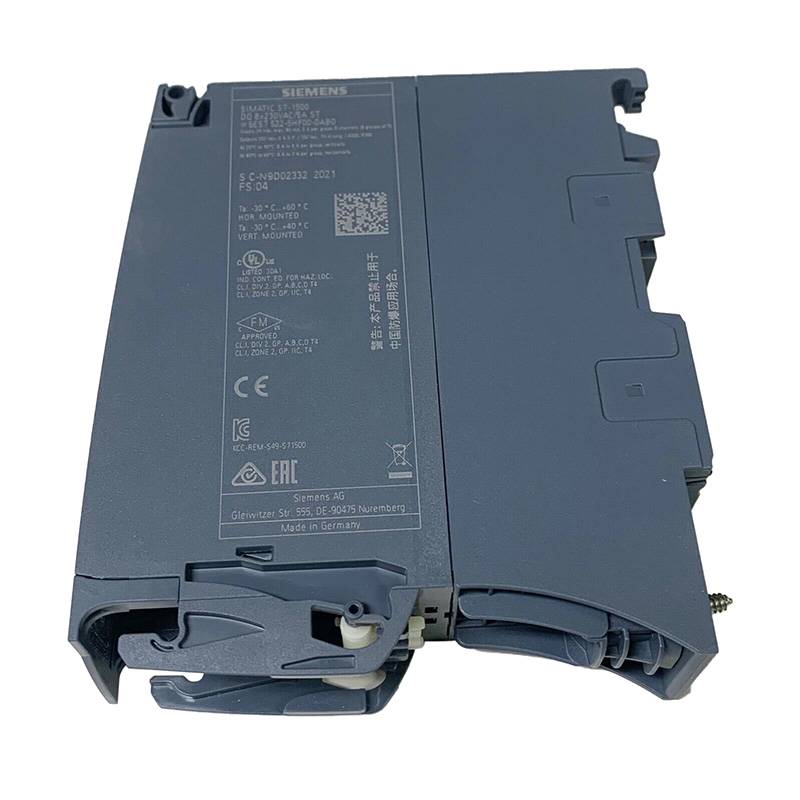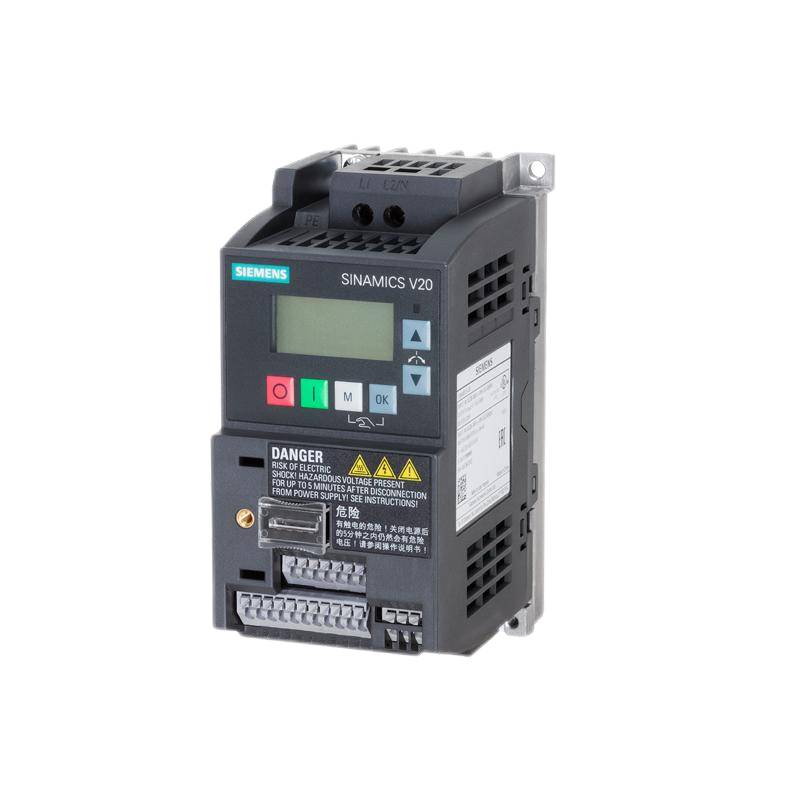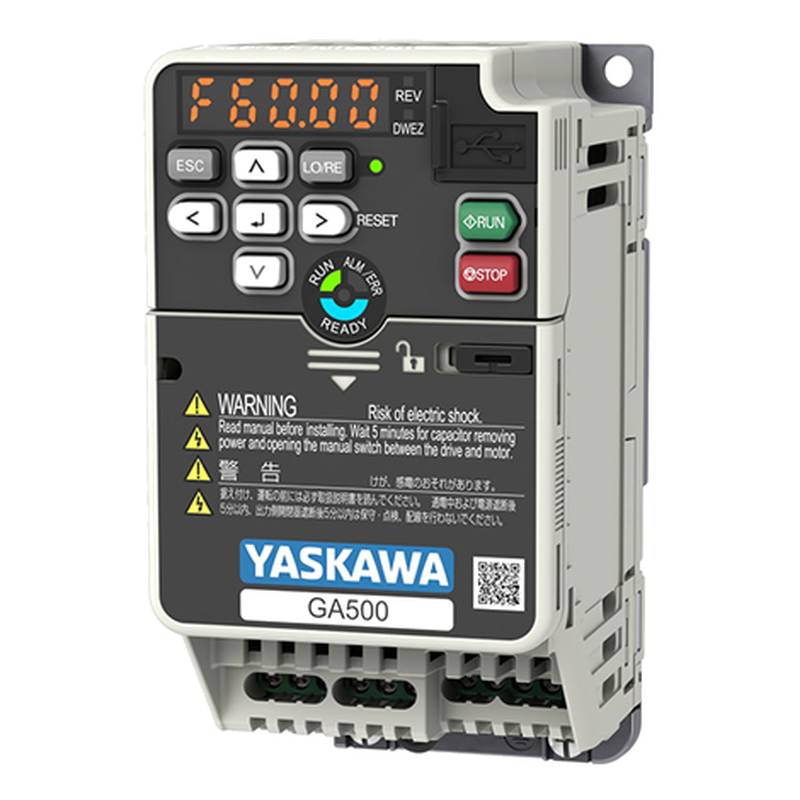
The Siemens 5SU9356-1CN16 RCBO is a compact and reliable protective device designed for advanced earth leakage and overcurrent protection in single-phase and neutral (1P+N) installations. This 16A, 30mA residual current circuit breaker with overcurrent protection (RCBO) integrates two crucial safety functions into a single unit, simplifying panel design and installation. Its key advantages include enhanced safety, space-saving design, and robust Siemens quality. Essential technical parameters include a rated current of 16A, a rated residual operating current of 30mA, and a tripping characteristic of Type C. It operates at a nominal voltage of 230V AC and offers a breaking capacity of 6kA. The device features a Type A residual current sensing mechanism, suitable for detecting both sinusoidal AC and pulsating DC fault currents.
Siemens 5SU9356-1CN16 RCBO: Product Specifications
| Parameter | Specification |
| :------------------------------ | :------------------------------------------- |
| Product Type | RCBO (Residual Current Circuit Breaker with Overcurrent Protection) |
| Manufacturer | Siemens |
| Model Number | 5SU9356-1CN16 |
| Rated Current (In) | 16A |
| Rated Residual Operating Current (IΔn) | 30mA |
| Number of Poles | 1P+N (Single Pole + Neutral) |
| Tripping Characteristic | Type C |
| Rated Voltage (Ue) | 230V AC |
| Frequency | 50/60 Hz |
| Breaking Capacity (Icn) | 6kA |
| Residual Current Type | Type A |
| Mounting Type | DIN Rail |
| Connection Type | Screw Terminals |
| Operating Temperature | -25°C to +45°C |
| Protection Class | IP20 (device), IP40 (enclosure) |
Core Features & Market Positioning
The Siemens 5SU9356-1CN16 distinguishes itself through its combined functionality, offering a high level of protection against electric shock and fire hazards caused by earth faults, as well as overcurrents from overloads and short circuits. This integration streamlines electrical distribution systems, reducing the number of components required and simplifying wiring. Its Type C tripping curve is particularly advantageous for circuits with moderate inrush currents, such as those powering fluorescent lighting or certain types of motors, preventing nuisance tripping while maintaining sensitive protection. As a product from Siemens, a globally recognized leader in electrical engineering, the 5SU9356-1CN16 benefits from a reputation for uncompromising quality, reliability, and adherence to stringent international safety standards (e.g., IEC 61009-1). This positions it as a premium choice for applications demanding high performance and long-term operational security.
Key Application Scenarios
This Siemens RCBO is ideally suited for a wide array of residential, commercial, and light industrial applications where both earth leakage and overcurrent protection are mandatory. It is a critical component in protecting circuits supplying lighting, sockets, and appliances in homes, offices, and retail spaces. In smaller workshops or laboratories, the 5SU9356-1CN16 provides essential safety for equipment and personnel against electrical faults. It is also frequently specified for use in distribution boards and sub-distribution panels as a primary protective device for individual circuits, ensuring compliance with modern electrical installation codes that mandate residual current protection for enhanced safety.
Practical System Integration Guidance
Integrating the Siemens 5SU9356-1CN16 into existing or new electrical panels is straightforward due to its standard DIN rail mounting and terminal design. Ensure that the incoming power supply (Line and Neutral) is correctly connected to the designated terminals, observing the polarity indicated on the device. The outgoing circuit conductors should then be connected to the load terminals. For optimal safety and performance, it is imperative to ensure that the rated current and breaking capacity of the RCBO are appropriately selected based on the circuit's expected load and fault levels. Proper earthing of all connected equipment is fundamental for the effective operation of the residual current protection feature.
Operation and Risk Mitigation
The 5SU9356-1CN16 operates by continuously monitoring the current flowing through the live and neutral conductors. If an imbalance is detected – indicating current leakage to earth, typically through a person or faulty insulation – it will rapidly trip, disconnecting the power supply. The overcurrent protection functions similarly to a standard circuit breaker, tripping when the current exceeds a safe limit due to overloads or short circuits. To mitigate risks, always ensure the device is correctly rated for the circuit it protects and that the supply voltage and frequency are within the specified operating range. Regular testing of the residual current function using the integrated test button is recommended to confirm its operational integrity. Avoid operating the device in environments with excessive dust, moisture, or corrosive substances, which can compromise its performance and longevity.
Scalability & Long-Term Value
The Siemens 5SU9356-1CN16 offers significant long-term value through its robust construction and compatibility with Siemens' broader range of electrical distribution and automation components. While this specific RCBO is a standalone protective device, its integration into a Siemens-based electrical system allows for consistent component quality and system design. For more complex industrial applications or those requiring remote monitoring and control, this device can be part of a larger system that incorporates intelligent electronic devices (IEDs) or programmable logic controllers (PLCs) for advanced diagnostics and integration into Building Management Systems (BMS) or Industrial Internet of Things (IIoT) platforms. Its inherent reliability ensures a long service life, minimizing the need for premature replacements and contributing to overall system stability.
Frequently Asked Questions (FAQs)
Q1: What is the primary function of the Siemens 5SU9356-1CN16 RCBO?
The Siemens 5SU9356-1CN16 RCBO provides combined protection against earth leakage currents and overcurrents. This dual functionality safeguards against electric shock hazards and prevents damage from overloads or short circuits. It ensures personnel safety and protects electrical equipment in various installations.
This RCBO is crucial for preventing fires caused by persistent earth faults. Its sensitive 30mA tripping current is designed to react quickly to dangerous leakage paths. The Type C characteristic offers good discrimination with other protective devices.
By integrating both residual current and overcurrent protection into one unit, it simplifies panel construction and reduces wiring complexity. This makes installations more efficient and cost-effective while maintaining high safety standards.
Q2: Can this RCBO be used for motor circuits?
Yes, the Siemens 5SU9356-1CN16 RCBO with its Type C tripping characteristic is suitable for circuits with moderate inrush currents, commonly associated with motor starting. It helps prevent nuisance tripping during motor startup while still offering essential overload and earth fault protection.
However, for larger motors or those with significant starting currents, a dedicated motor protection circuit breaker (MPCB) with adjustable thermal and magnetic trip settings might be more appropriate. Always consult the specific motor's requirements and relevant electrical codes.
It is vital to ensure the RCBO's rated current (16A) is correctly sized for the motor's full load current and the starting current characteristics to prevent premature tripping or inadequate protection.
Q3: What is the difference between Type A and Type AC residual current protection?
Type AC residual current devices are sensitive only to sinusoidal AC residual currents. They are suitable for basic applications where only AC fault currents are expected. Type A devices, like the 5SU9356-1CN16, offer broader protection.
Type A RCBOs are sensitive to both sinusoidal AC residual currents and pulsating DC residual currents. This makes them more versatile and appropriate for modern installations where electronic equipment (like LED drivers, power supplies) can generate pulsating DC fault currents.
Choosing Type A provides enhanced safety by detecting a wider range of fault conditions. This is increasingly important as more electronic devices are incorporated into electrical systems.
Q4: How do I test the residual current protection function of the 5SU9356-1CN16?
The Siemens 5SU9356-1CN16 RCBO features an integrated test button, typically marked 'T' or with a test symbol. This button simulates an earth fault condition to verify the correct operation of the residual current sensing and tripping mechanism.
To perform the test, ensure the circuit is live and that the RCBO is switched ON. Press the test button firmly. The device should trip, disconnecting the power supply to the circuit.
If the RCBO does not trip when the test button is pressed, it indicates a potential fault with the device or the installation's earthing. The device should be immediately taken out of service and inspected by a qualified electrician.
Q5: What does a 'C' type tripping characteristic mean?
A Type C tripping characteristic for a circuit breaker or RCBO indicates that it is designed to trip when the current reaches 5 to 10 times its rated current (In) in case of a fault. This makes it suitable for circuits with moderate inrush currents.
Examples of such circuits include lighting loads with transformers and some types of small motors. The higher magnetic trip point (compared to Type B) prevents nuisance tripping during transient overcurrents that occur when these devices are switched on.
For applications with very high inrush currents, such as large motors or welding equipment, Type D characteristics may be required. Conversely, for purely resistive loads with no inrush, Type A or B might suffice.
Q6: What is the breaking capacity of this RCBO?
The Siemens 5SU9356-1CN16 RCBO has a breaking capacity of 6kA (6000 Amperes). This specifies the maximum fault current the device can safely interrupt without sustaining damage. It ensures the RCBO can effectively clear short-circuit faults.
This 6kA rating is standard for many residential and light commercial applications. It means the device can reliably disconnect the circuit when a fault current up to 6kA occurs, preventing widespread damage or fire.
It is crucial that the breaking capacity of the protective device is adequately matched to the prospective short-circuit current at the point of installation. Exceeding this capacity could lead to device failure and dangerous situations.
Q7: Can I use the 5SU9356-1CN16 for a 3-phase application?
No, the Siemens 5SU9356-1CN16 is specifically designed as a 1P+N (Single Pole + Neutral) device. It is intended for use in single-phase electrical systems only. It cannot be used to protect or switch 3-phase circuits.
For 3-phase applications, you would require a 3-pole or 4-pole RCBO or a combination of individual circuit breakers and residual current devices that are suitable for 3-phase operation. Using a single-phase device in a 3-phase system would be incorrect and unsafe.
Always ensure that the number of poles and the voltage rating of the protective device precisely match the requirements of the electrical system being protected.
Q8: What is the environmental operating temperature range for this RCBO?
The Siemens 5SU9356-1CN16 RCBO is designed to operate reliably within an ambient temperature range of -25°C to +45°C. This wide operating range ensures its performance in various environmental conditions, from cold climates to warmer regions.
Operating the device outside this specified temperature range can affect its performance and lifespan. Extreme cold might impact the mechanical operation of the tripping mechanism, while excessive heat can lead to derating or premature failure.
For applications in environments significantly outside this range, specialized equipment or protective enclosures may be necessary to maintain optimal operating conditions.
Q9: How do I wire the Siemens 5SU9356-1CN16 RCBO?
Wiring the 5SU9356-1CN16 involves connecting the incoming line and neutral conductors to the top terminals and the outgoing circuit conductors to the bottom terminals. The terminals are clearly marked for correct polarity. Ensure the device is de-energized before wiring.
Use appropriately sized conductors that match the rated current of the RCBO (16A) and the circuit load. Ensure all screw connections are tightened securely to prevent poor contact, overheating, or potential faults.
Observe proper busbar connection techniques if multiple devices are being fed from a common busbar. Always follow local wiring regulations and standards for safe and compliant installation.
Q10: What is the protection class of this RCBO?
The Siemens 5SU9356-1CN16 RCBO itself has a protection class of IP20, indicating it is protected against solid objects greater than 12.5mm and offers no specific protection against water. The enclosure housing the RCBO, if properly installed, can achieve IP40 protection, safeguarding against larger foreign objects.
This means the device is intended for installation in electrical enclosures or panels where it is protected from accidental contact and environmental ingress. It is not designed for direct exposure to the elements or harsh industrial environments without additional protective measures.
Ensure that the electrical enclosure used provides adequate protection for the installed devices, maintaining the overall safety and integrity of the electrical installation.
















